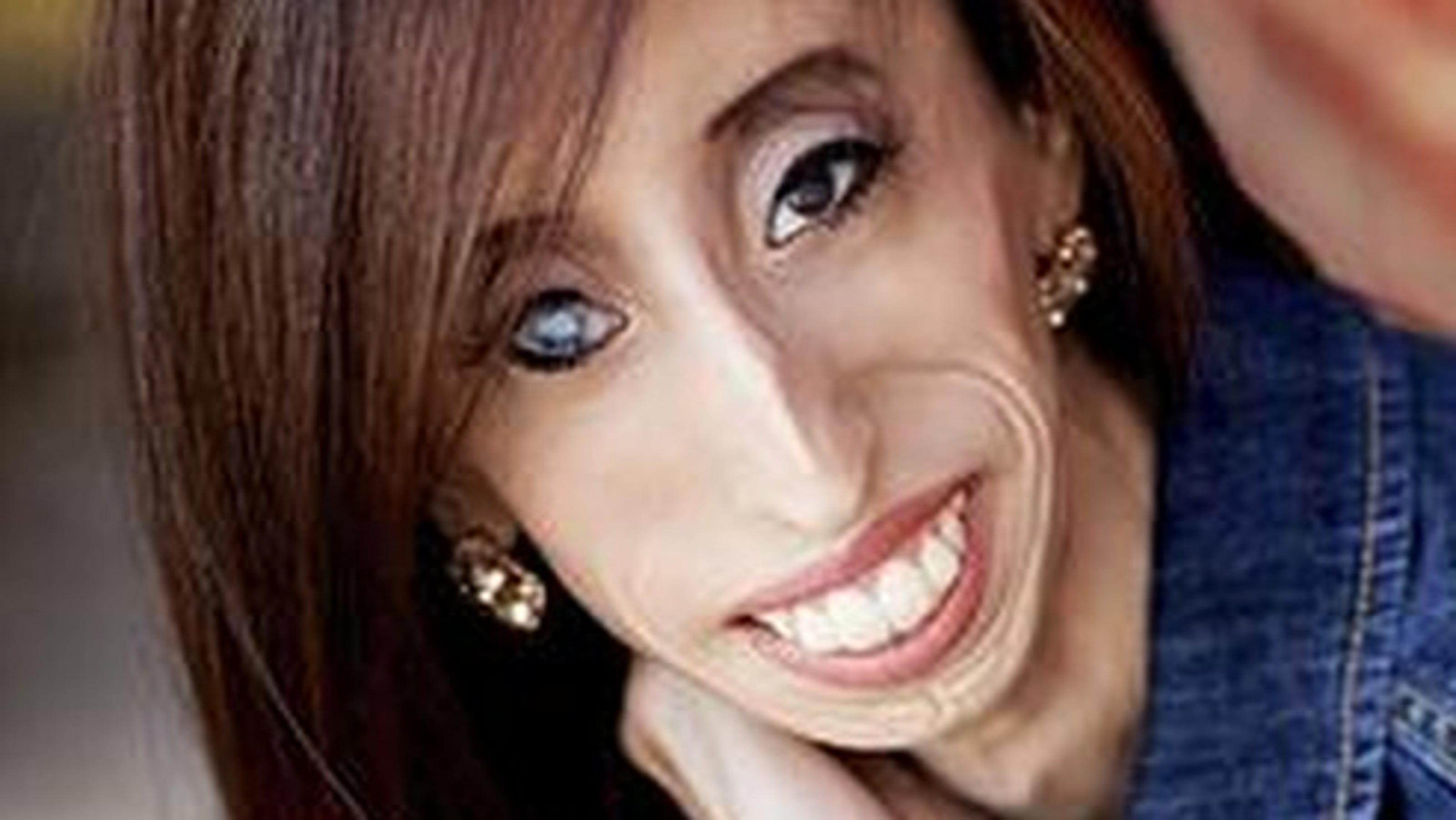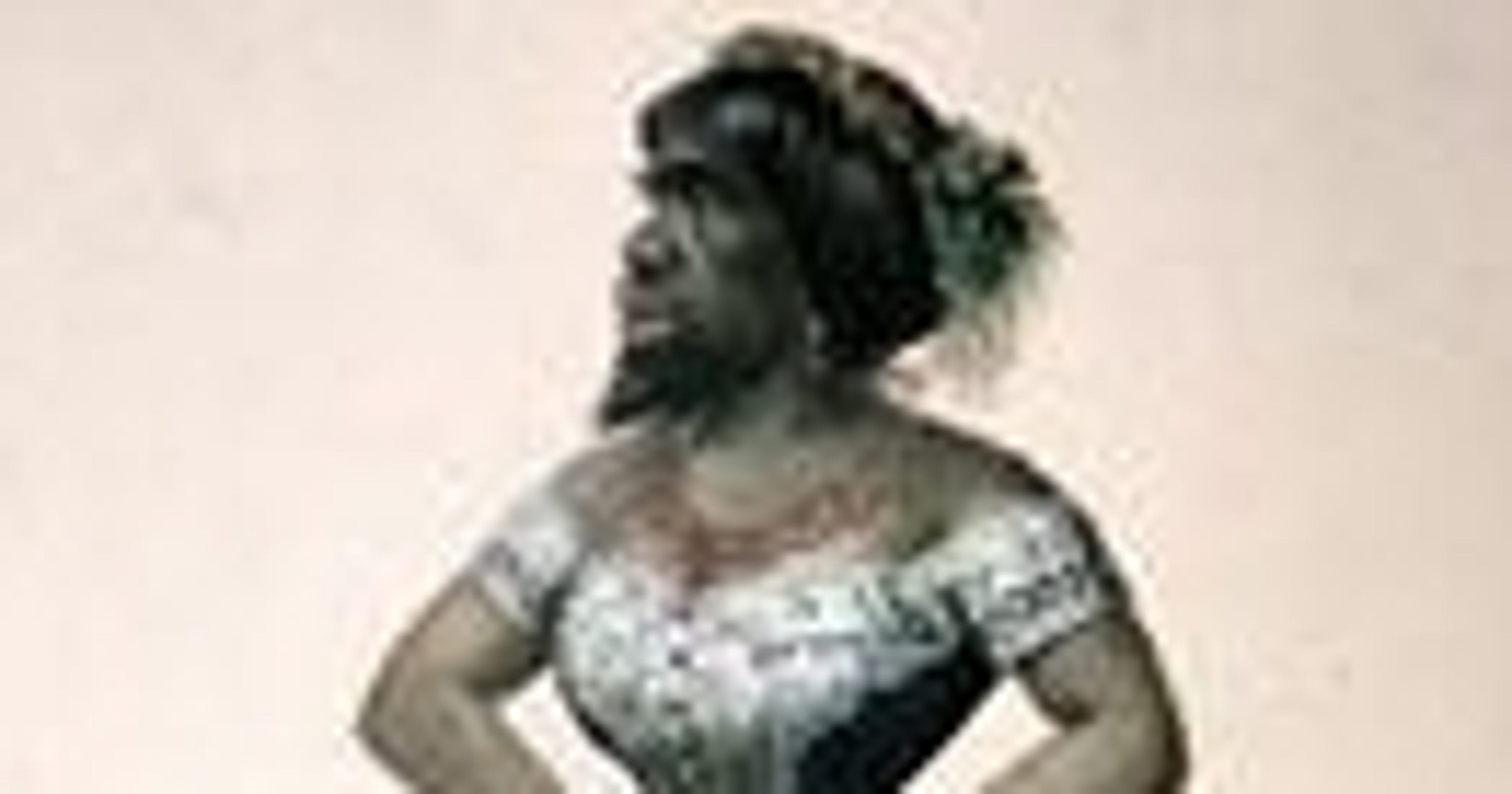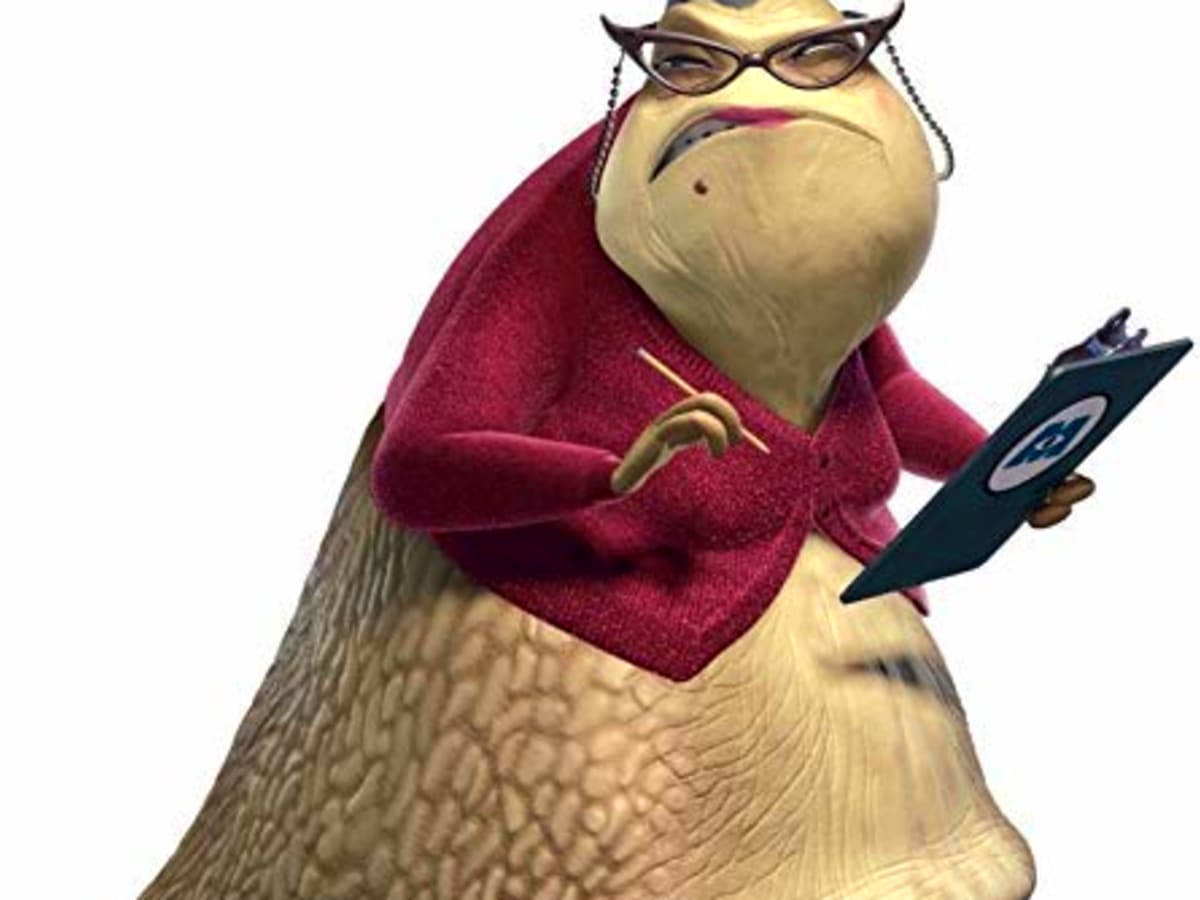Beyond Beauty: The Enduring Charm Of Ugly Female Characters In Animation
In the vibrant world of animation, where fantastical realms and heartwarming narratives come to life, there's often an unspoken expectation for characters, especially female ones, to embody conventional notions of beauty. Yet, a fascinating and increasingly appreciated trend defies this norm: the rise and enduring appeal of the "ugly characters girl." These characters, often designed with exaggerated or unconventional features, challenge our perceptions and enrich the storytelling landscape in profound ways.
Far from being mere visual oddities, these unappealing yet unforgettable figures bring humor, personality, and sometimes even a little charm that resonates deeply with audiences of all ages. From quirky classics to unforgettable oddballs, they prove that visual attractiveness is far from the only, or even the most important, quality a character can possess. This exploration delves into the captivating world of these unique animated women, examining their impact, purpose, and the powerful message they convey about beauty, identity, and inclusivity.
Table of Contents
- The Shifting Landscape of Animated Beauty
- Defining 'Ugly' in Animation: More Than Just Appearance
- Iconic 'Ugly Characters Girl' and Their Unforgettable Impact
- The Power of Imperfection: Promoting Inclusivity and Realism
- From "DUFF" to Disney: The Evolution of Perception
- Why We Love Them: The Enduring Appeal of Unconventional Looks
- Crafting Authenticity: The Art Behind 'Ugly' Design
- The Future of Female Character Design: Embracing Diversity
The Shifting Landscape of Animated Beauty
For decades, the animation industry, particularly giants like Disney, largely adhered to a specific aesthetic for its leading ladies. Think Cinderella, Snow White, or Aurora – characters crafted with delicate features, graceful movements, and an undeniable visual appeal that aligned with conventional beauty standards. This approach, while creating iconic and beloved figures, also subtly reinforced a narrow definition of what it meant to be a heroine or even a significant female character. However, as animation evolved and storytelling became more nuanced, creators began to experiment, introducing characters who defied these norms. This shift wasn't just about visual variety; it was about reflecting a broader spectrum of human experience and challenging audiences to look beyond superficial attractiveness. The concept of the "ugly characters girl" emerged as a powerful counter-narrative, proving that character depth, personality, and impact are not contingent on conventional good looks. This deliberate choice to portray characters who are "unattractive and unpleasant to look at" has opened new avenues for humor, villainy, and surprisingly, even relatability, enriching the animated world in countless ways.
Defining 'Ugly' in Animation: More Than Just Appearance
When we talk about an "ugly characters girl" in animation, the definition extends far beyond a simple lack of conventional beauty. The word "ugly" itself, as defined, means "offensive to the sight," "unpleasant to look at," or even "hideous, grotesque, unpleasing, disgusting, unattractive, awful, monstrous, horrible." But in the context of animated characters, this visual unattractiveness is often intertwined with their personality, role, and the narrative purpose they serve. It's a deliberate design choice that communicates something deeper about the character.
Physical Traits That Break the Mold
There are many physical qualities that make a character appear ugly, and animators often exaggerate these traits for comedic or dramatic effect. Some of these qualities include facial asymmetry, big body size, daring nails, and generally exaggerated features. Consider characters like Drizella from Cinderella or Yzma from The Emperor’s New Groove. These female cartoon characters embody "ugly traits," often characterized by features that are intentionally disproportionate or harsh. Drizella, with her angular face and perpetually sour expression, is designed to be visually unappealing, reflecting her unpleasant personality. Yzma, on the other hand, boasts an impossibly thin frame, sharp features, and a penchant for dramatic, often grotesque, expressions. These visual cues immediately set them apart from the more conventionally attractive protagonists, signaling their role within the story.
Beyond the Surface: Personality and Purpose
Beyond just physical appearance, the "ugliness" of a character can also be tied to their personality or how they are perceived. Most often, ugly cartoon characters are villains. Their external unattractiveness mirrors their internal malevolence, making them instantly recognizable as antagonists. However, this isn't always the case. There are some hilarious ugly cartoon characters as well that we pretty much ignore, or perhaps, don't categorize strictly as "ugly" because their charm overrides their looks. These characters might be depicted as unintelligent, weird, and/or quirky, but their unconventional appearance contributes to their unique charm and often, their comedic timing. The deliberate choice to make a character visually unappealing serves a narrative function, whether it's to highlight villainy, provide comic relief, or even to challenge audience preconceptions about beauty and worth.
Iconic 'Ugly Characters Girl' and Their Unforgettable Impact
Throughout the history of animation, Disney and other studios have brought to life countless unforgettable characters, and among them are a significant number of female characters who, by conventional standards, are far from beautiful. Yet, these "ugly characters girl" figures have left an indelible mark on popular culture, proving that visual appeal isn't a prerequisite for memorability or impact. This list compiles some of the ugliest, yet most beloved, female characters from cartoons and films, highlighting their diverse roles and the unique charm they bring.
The Villainous Visage: Ugly as a Narrative Tool
One of the most common applications of the "ugly characters girl" archetype is in the portrayal of villains. Their unattractive appearance serves as a visual metaphor for their wicked intentions and corrupted souls. Madame Medusa is one of the ugly female cartoon characters, and a prime example from Disney's The Rescuers. She is an evil, greedy, and heartless woman and the main antagonist. Her gaunt face, exaggerated makeup, and disheveled appearance immediately convey her malevolence. Similarly, characters like Drizella from Cinderella, with her perpetually scowling face and awkward gait, embody unpleasant traits, making her the perfect foil to the graceful Cinderella. Yzma from The Emperor’s New Groove is another great example. Her skeletal frame, sharp features, and often grotesque expressions perfectly complement her scheming, power-hungry personality. These characters use their "ugliness" as a tool to intimidate, disgust, and clearly delineate their villainous roles, making them instantly recognizable and unforgettable antagonists.
The Hilarious and Relatable: Ugly as a Source of Charm
Beyond villainy, many "ugly characters girl" figures bring humor, personality, and sometimes even a little charm that endears them to audiences. Every cartoon lover, especially children, knows that there is a wide range of cartoons, and while some characters are cute, some are ugly. Yet, these ugly characters, both male and female, have aroused so much amusement and interest. Tina Belcher from Bob's Burgers, while not conventionally attractive, is a beloved character whose awkwardness, unique dance moves, and obsession with butts make her incredibly relatable and hilarious. Luna from the Scooby-Doo franchise, often depicted with an otherworldly and somewhat unappealing appearance, contributes to the mystery and quirkiness of the show. Granny from Looney Tunes, though elderly and not designed for beauty, is a feisty and endearing character. Roz from Monsters, Inc., with her distinctive monotone voice and intimidating appearance, is a source of deadpan humor. And who could forget Olive Oyl from Popeye, with her extremely thin frame and large feet, whose unique look is as iconic as Popeye himself? These characters demonstrate that being visually unappealing doesn't preclude a character from being funny, charming, or even deeply loved. They provide a particular charm to Disney's and other studios' narratives, proving that character depth and appeal transcend superficial looks.
The Power of Imperfection: Promoting Inclusivity and Realism
The trend of including imperfect images and "ugly characters girl" has profoundly changed the way we perceive characters and has also promoted inclusivity. In a world increasingly conscious of body positivity and diverse representation, these characters serve as powerful symbols. They challenge the narrow beauty standards often perpetuated by media, suggesting that worth and heroism are not tied to physical attractiveness. By presenting characters who are not conventionally beautiful, animation teaches audiences, especially children, that it's okay to be different, to look different, and that true value lies in one's actions, personality, and heart. This move towards more realistic and diverse character designs helps to normalize various body types, facial features, and even quirks, fostering a more accepting and understanding viewership. It's a subtle yet significant way the animation industry contributes to a broader societal conversation about acceptance and self-esteem.
From "DUFF" to Disney: The Evolution of Perception
The concept of "ugly" characters, particularly female ones, extends beyond animation into live-action media and real-world social dynamics. In 2015's "The DUFF" (an acronym for Designated Ugly Fat Friend), Bianca Piper (Mae Whitman) maintains a connection with the popular crowd by being friends with the more conventionally attractive individuals. This film, though a teen comedy, highlights a real-world societal perception where a person's appearance can dictate their social role or how they are perceived by others.
Connecting this back to animation, the "ugly characters girl" often serves a similar narrative function, albeit in a more exaggerated, fantastical context. Whether they are the villain whose ugliness reflects their inner evil, or the quirky sidekick whose unconventional looks are part of their charm, their appearance is integral to their identity and role within the story. The evolution from simply depicting ugly characters as purely villainous to showcasing them as sources of humor, relatability, and even heroism, mirrors a broader societal shift. We are increasingly moving towards a place where "ugliness" is not necessarily a condemnation but can be a source of uniqueness, strength, and even a form of beauty in its own right. This progression in character design encourages viewers to look beyond the superficial and appreciate the multifaceted nature of individuals, whether animated or real.
Why We Love Them: The Enduring Appeal of Unconventional Looks
It might seem counterintuitive, but the reason we love many of these "ugly characters girl" figures is precisely because of their unconventional looks, not in spite of them. Their distinct appearances make them instantly recognizable and memorable. In a landscape often saturated with similar-looking characters, the ones who break the mold stand out. Moreover, their physical traits often perfectly encapsulate their personalities. An exaggerated nose or a crooked smile can convey a character's eccentricity, stubbornness, or even kindness more effectively than a conventionally beautiful face.
These characters also provide a sense of relatability for many viewers. Not everyone sees themselves reflected in the flawless princesses or handsome princes of animation. The "ugly characters girl" can represent the awkward, the quirky, the overlooked, or simply those who don't fit into conventional boxes. This relatability fosters a deeper connection, making these characters feel more authentic and human, even if they are drawn cartoons. They teach us that true beauty is multifaceted and often found in the unexpected, in the unique quirks and imperfections that make each individual, and each character, truly special.
Crafting Authenticity: The Art Behind 'Ugly' Design
The creation of an "ugly characters girl" is far from a haphazard process; it's a deliberate artistic choice rooted in character development and narrative purpose. Animators and character designers employ a deep understanding of visual storytelling to craft these figures. They don't just make a character "ugly" for the sake of it; every disproportionate feature, every harsh line, every unusual color palette is chosen to communicate something specific about the character's inner world, their role in the story, or the emotional response they are meant to evoke from the audience.
For villains, their unattractive features often symbolize their moral corruption or the unpleasantness they bring to the world. For comedic or quirky characters, their unique appearance enhances their personality, making their actions and dialogue even funnier or more endearing. This meticulous approach ensures that even the most "unappealing yet unforgettable characters" are not just visually distinct but also narratively rich. The art lies in making these characters resonate, whether through fear, laughter, or empathy, proving that design can be powerful even when it deviates from traditional aesthetic norms. It’s about crafting authenticity, where external appearance perfectly aligns with internal essence, creating characters that are truly unforgettable.
The Future of Female Character Design: Embracing Diversity
As animation continues to evolve, the future of female character design looks increasingly diverse and exciting. The groundwork laid by pioneering "ugly characters girl" figures has paved the way for a broader acceptance of unconventional beauty and varied body types. Modern animation is moving beyond simplistic good-vs-evil archetypes and embracing more complex, nuanced characters whose appearances reflect a richer tapestry of humanity.
We can anticipate seeing more characters who challenge traditional beauty standards, not just as villains or comedic relief, but as protagonists, heroes, and complex individuals with their own compelling stories. This shift is not just about visual representation; it's about fostering a more inclusive narrative landscape where every child and adult can see a piece of themselves reflected on screen, regardless of how they look. The ongoing embrace of diversity in character design promises a future where animated worlds are not only visually stunning but also deeply resonant and truly representative of the multifaceted beauty of the real world.
Conclusion
From the malevolent Madame Medusa to the endearingly awkward Tina Belcher, the "ugly characters girl" in animation has proven to be far more than just an aesthetic choice. These characters, with their exaggerated features and unconventional looks, serve vital narrative functions, whether as formidable villains whose appearance mirrors their inner darkness or as hilarious, relatable figures whose quirks endear them to audiences. They challenge our perceptions of beauty, promote inclusivity, and enrich the storytelling landscape by proving that memorability and impact are not contingent on conventional attractiveness.
Their enduring appeal lies in their authenticity, their ability to break free from stereotypes, and their power to reflect the diverse spectrum of humanity. As animation continues to evolve, these unforgettable oddballs remind us that true character shines from within, regardless of external packaging. What are your favorite "ugly characters girl" from cartoons or films, and what makes them so special to you? Share your thoughts in the comments below, and don't forget to explore more of our articles on character design and animation history!

'World's Ugliest Woman' faces bullies in new film

World's 'Ugliest Woman' buried 153 years later

Roz | 50 "Ugly" Disney Characters